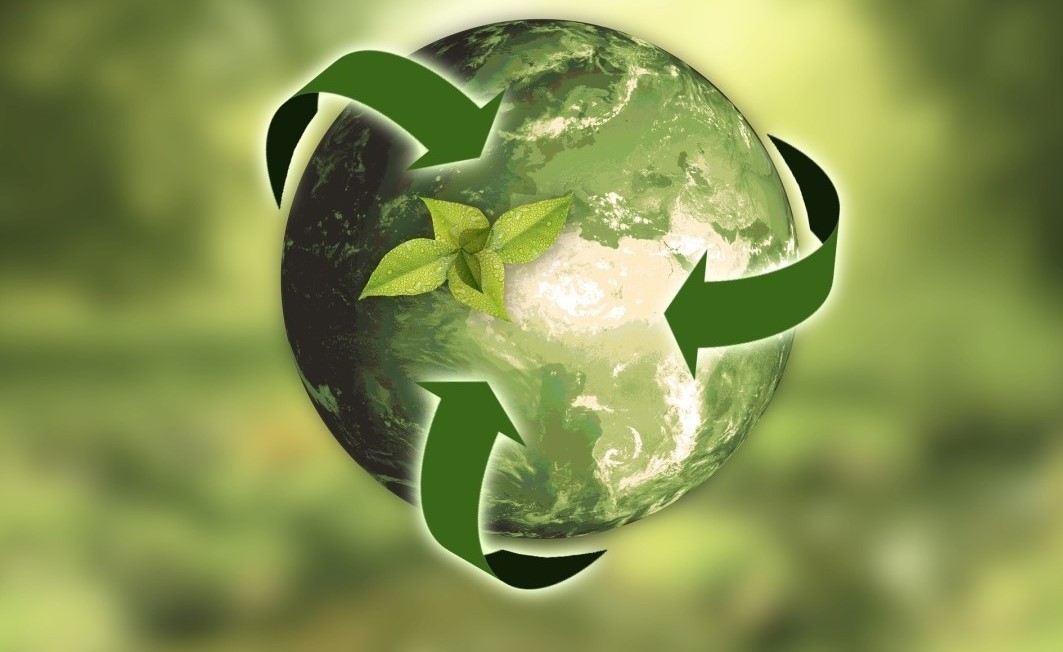
Eco-Friendly Solutions for Environment
What is Sustainability?
Sustainability means meeting our own needs without compromising the ability of future generations to meet their own needs. In addition to natural resources, we also need social and economic resources. Sustainability is not just environmentalism. Embedded in most definitions of sustainability we also find concerns for social equity and economic development.
Although environmental protection comes to mind when sustainability is mentioned, the concept of sustainability is actually a holistic approach that includes ecological, economic and social dimensions together.
There are three pillars of sustainability:
- Environment
- Economy
- Society
These concepts should be managed in a balanced manner in order to ensure sustainability.
From the point of view of businesses, sustainability can be achieved by integrating company interests with a management approach that does not conflict with social interests and includes not only economic growth but also social and environmental issues.
What is Recyclable?
Recycling is the re-inclusion of wastes that can be recycled into the production process through various processes.In other words, it is the recycling of materials that turn into waste after use as raw materials after various physical and chemical processes are applied.
One of the purposes of recycling is to reduce the amount of solid waste to be disposed of, thus preventing environmental pollution significantly. Decreasing the amount and volume of solid waste is a great advantage, especially for countries that do not have enough space to properly dispose of solid waste.
Recycling helps provide our planet with clean, renewable resources that are gentle on the environment.
What is Compostable?
Compostable products are made from natural materials such as starch and decompose fully into “compost” without producing toxic residue as they break down. Composting is the biodegradation of organic materials under controlled conditions.
In the composting process, some organic materials are broken down with carbone dioxide and water. This process takes place at approximately 60-65°C and specially designed sections containing 80-90% humidity.
After processing, the waste looks like a rich soil type with a dark colored humus-like structure. Thus, compostable wastes can be used as an energy source instead of fertilizers with this method.
What is Biodegradable?
When something is biodegradable, it means that it can be broken down naturally by microorganisms such as bacteria, fungi under certain conditions (temperature, humidity, etc.) The term itself is quite vague though, as it does not define the length of time needed for products to decompose.
One drawback of biodegradable materials is that there is not necessarily a timeframe for when the items will break down. It could be many years before they start to degrade.
This is very similar to compostable, but the biggest difference is that what it breaks down to doesn't cause harm as opposed to starting with an organically occurring materials. Therefore, human-made or chemically produced items can still be considered biodegradable, while not necessarily being compostable. Those items that are compostable are also biodegradable, but not everything biodegradable is compostable.
Compostable products have two added benefits over biodegradable options: they break down much faster, many in roughly 90 days and they also break down into nutrient-rich products, which generates healthy soil for the planet.